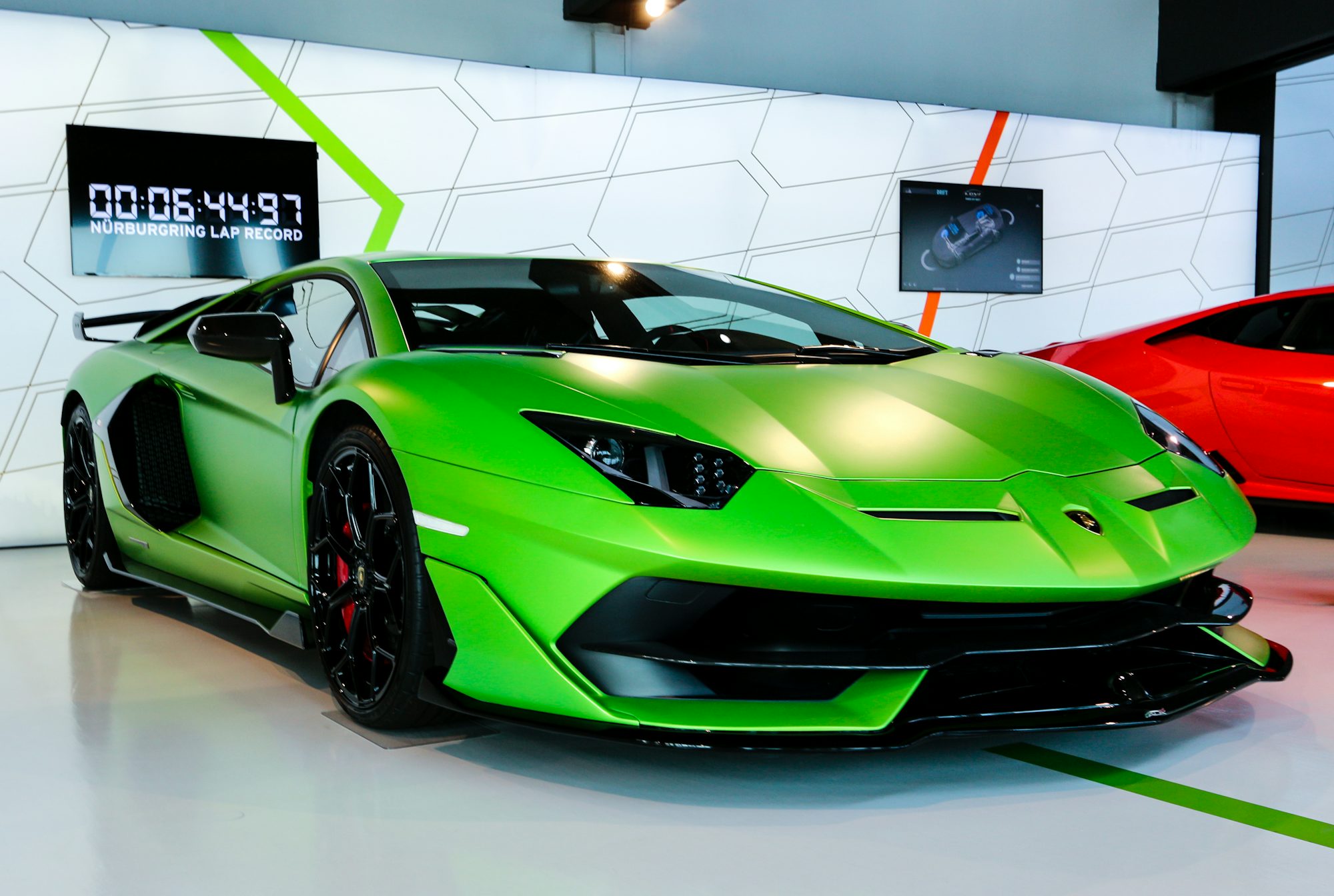
Supercar Legends: Iconic Models That Defined a Generation
This article explores the iconic supercars that have shaped the automotive industry, examining their unique features, performance, and the cultural impact they have had over the years.One of the most legendary models in automotive history is the Ferrari F40, introduced in 1987. This car was a celebration of Ferrari's 40th anniversary and marked a significant departure from the luxury-focused models of the past. With a lightweight design and a twin-turbocharged V8 engine producing 471 horsepower, the F40 was built for performance. It could accelerate from 0 to 60 mph in just 3.8 seconds, a remarkable feat for its time. Its raw performance, coupled with its striking design, made it an instant classic, solidifying Ferrari's status as a leader in the supercar realm.
Another icon is the Lamborghini Miura, often regarded as the first true supercar. Released in the late 1960s, the Miura redefined the automotive landscape with its mid-engine layout and stunning aesthetics. With a V12 engine capable of reaching 0 to 60 mph in under 6 seconds, it offered performance that was unmatched at the time. Its influence on subsequent models is undeniable, inspiring countless manufacturers to adopt similar designs. The Miura remains a symbol of Italian craftsmanship and automotive passion, celebrated for both its beauty and performance.
The Porsche 911 Turbo, introduced in 1975, is yet another supercar that has achieved legendary status. Known for its distinctive shape and rear-engine layout, the 911 Turbo combined performance with everyday usability. Its turbocharged engine provided exhilarating power, allowing it to compete with the best in the world. Over the decades, the 911 Turbo has undergone numerous transformations, continuously pushing the boundaries of technology while maintaining the essence of what makes a Porsche. Its enduring popularity is a testament to its exceptional design and performance.
Fast forward to the 1990s, and the McLaren F1 emerged as a groundbreaking vehicle that set new standards for supercars. With a top speed of 240 mph, the F1 held the title of the fastest production car for over a decade. Its unique three-seat layout, with the driver positioned centrally, provided an unparalleled driving experience. The lightweight carbon fiber construction and BMW-sourced V12 engine were revolutionary at the time, making the McLaren F1 a true game-changer in the automotive world. It remains one of the most sought-after collector's items, revered for its engineering brilliance and innovative design.
In the realm of hypercars, the Bugatti Veyron is perhaps the most recognizable name. Launched in the mid-2000s, the Veyron was a feat of engineering that combined luxury with jaw-dropping performance. With a quad-turbocharged W16 engine producing 1,001 horsepower, it shattered speed records, reaching a top speed of 267 mph. The Veyron was not just about speed; it also offered a level of comfort and refinement that few cars could match. Its design, characterized by smooth lines and a distinctive front grille, made it an instant classic and a symbol of automotive excess.
Another noteworthy contender in the hypercar category is the LaFerrari, a hybrid marvel that showcases Ferrari's commitment to innovation. Combining a V12 engine with an electric motor, the LaFerrari produces a staggering 950 horsepower. This model not only emphasizes performance but also reflects the brand's dedication to sustainability, making it a significant player in the future of supercars. With its aggressive styling and advanced aerodynamics, the LaFerrari is a testament to Ferrari's racing heritage and commitment to pushing boundaries.
As we venture into the electric age, the Rimac C_Two stands out as a pioneering force in the hypercar segment. With an astonishing 1,914 horsepower and a 0 to 60 mph time of just 1.85 seconds, the C_Two redefines what is possible with electric performance. Its advanced battery technology and lightweight construction allow for incredible speed and agility, setting new benchmarks for electric vehicles. Rimac's commitment to innovation has positioned it as a leader in the electric hypercar market, proving that sustainability and performance can coexist.
Moreover, the cultural impact of these supercars cannot be overstated. They have inspired countless films, video games, and works of art, becoming symbols of aspiration and desire. Movies like "The Italian Job" and "Need for Speed" have showcased these iconic machines, further embedding them into popular culture. The thrill of driving a supercar has become a dream for many, leading to an entire industry dedicated to automotive experiences and driving schools, where enthusiasts can get behind the wheel of their dream cars.
In addition to their influence in media, supercars also represent a sense of achievement and status. Ownership of these vehicles is often seen as a symbol of success, with brands like Ferrari, Lamborghini, and Bugatti becoming synonymous with luxury and prestige. Car shows and events such as the Goodwood Festival of Speed and Pebble Beach Concours d'Elegance celebrate these remarkable machines, bringing together enthusiasts and collectors from around the world to appreciate their beauty and engineering.
As we look to the future, it is clear that supercars will continue to evolve, embracing new technologies and addressing environmental challenges. The transition to electric and hybrid powertrains will reshape the landscape, but the essence of what makes these vehicles special—speed, design, and engineering excellence—will remain unchanged. The legends of the past will continue to inspire future generations, as manufacturers push the boundaries of performance and redefine what is possible.
In conclusion, supercars are not just about speed; they embody a rich history of innovation, design, and cultural significance. From the Ferrari F40 to the Rimac C_Two, each model has contributed to the legacy of high-performance vehicles that captivate the imagination of car enthusiasts around the globe. As the industry moves forward, the legacy of these iconic supercars will undoubtedly continue to influence the automotive world, driving the pursuit of excellence for years to come.